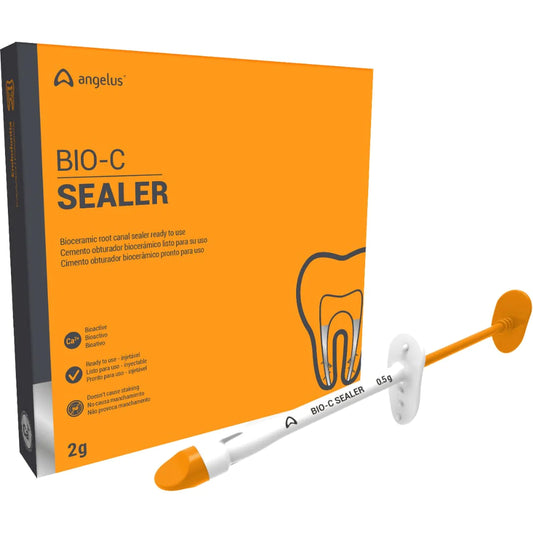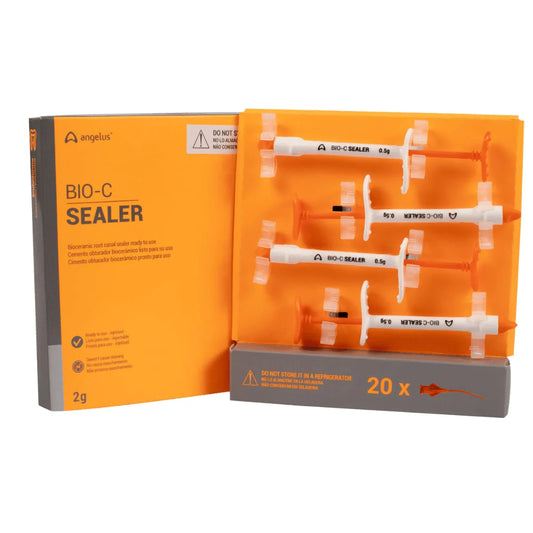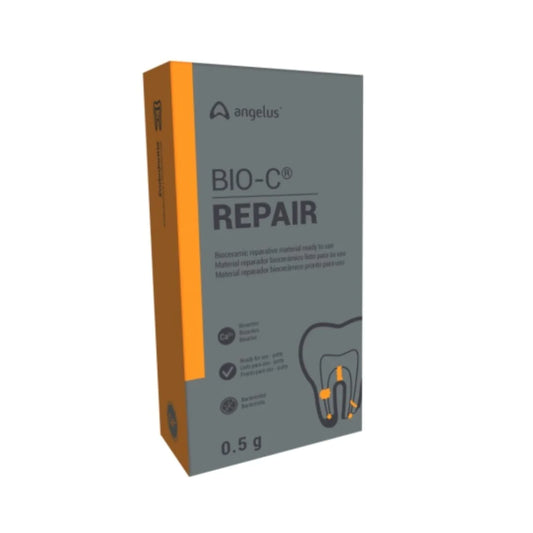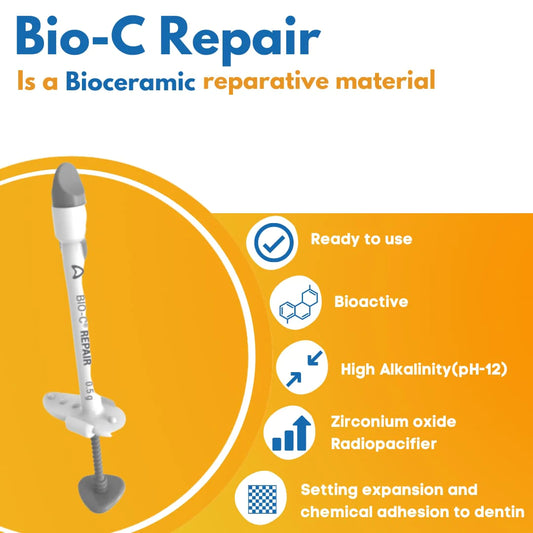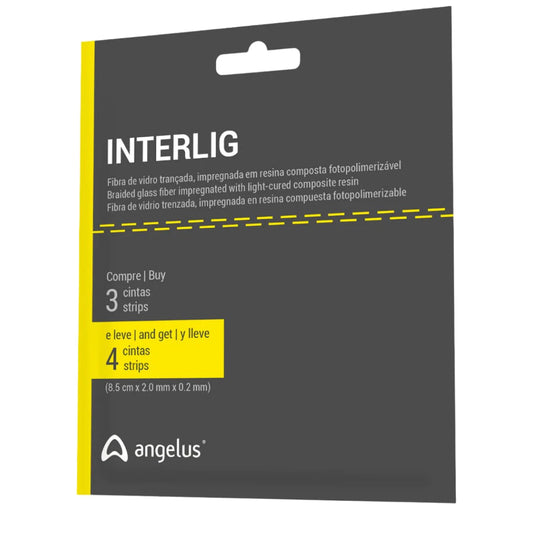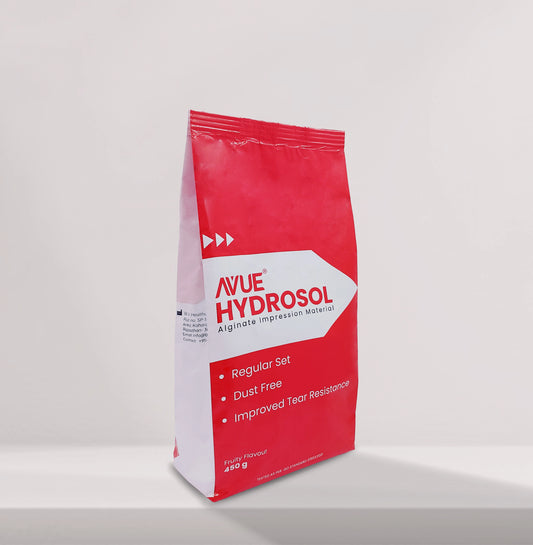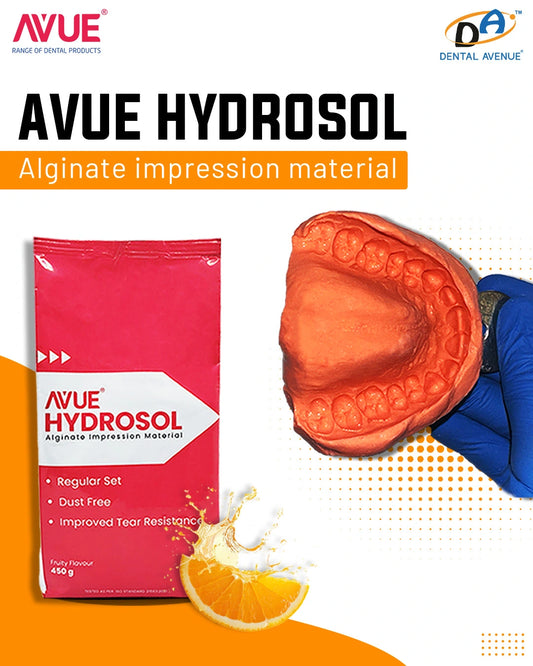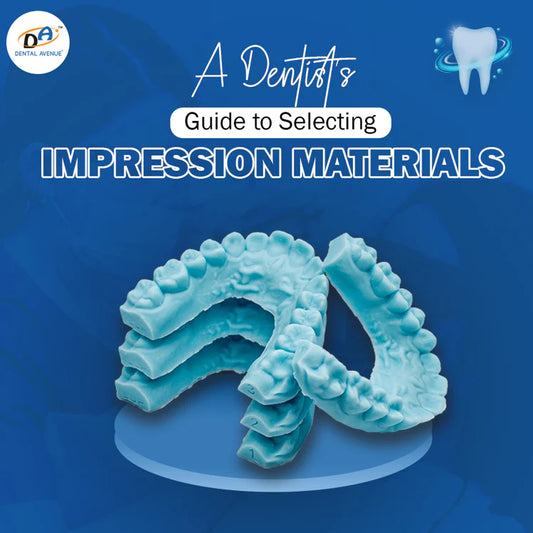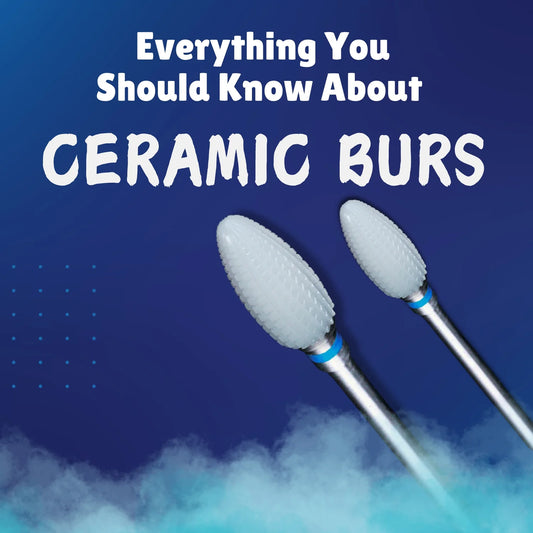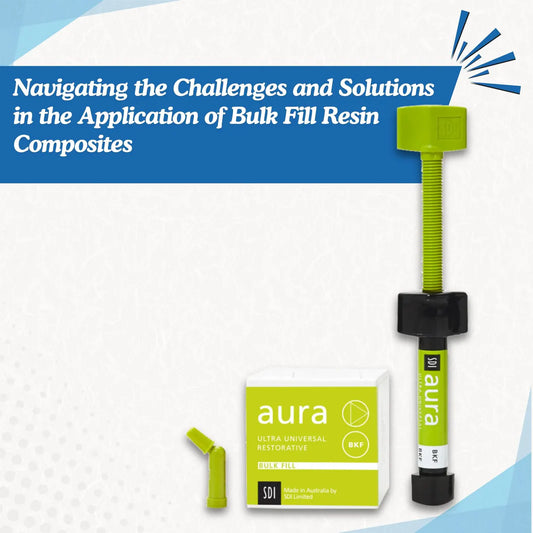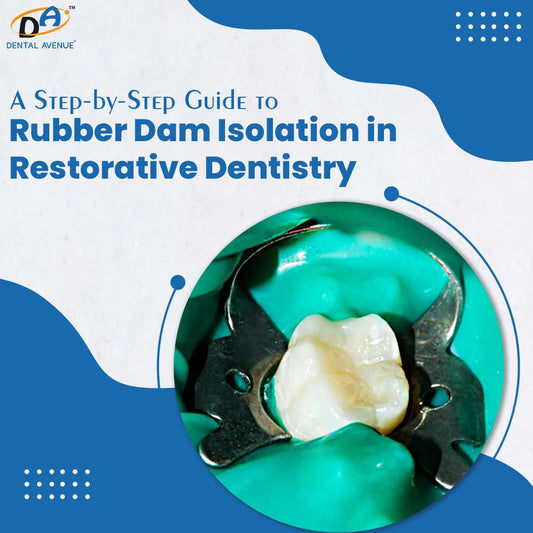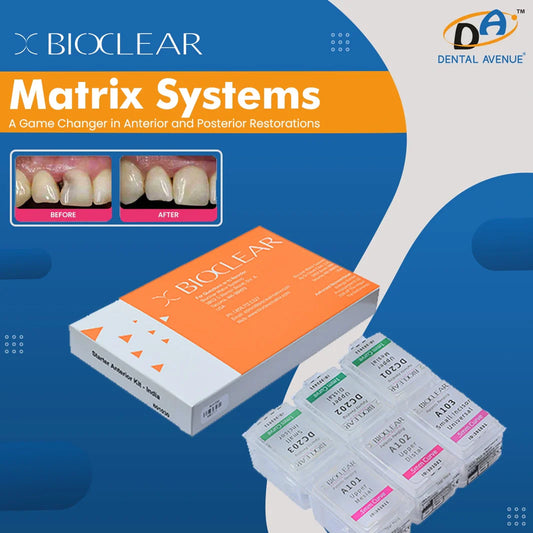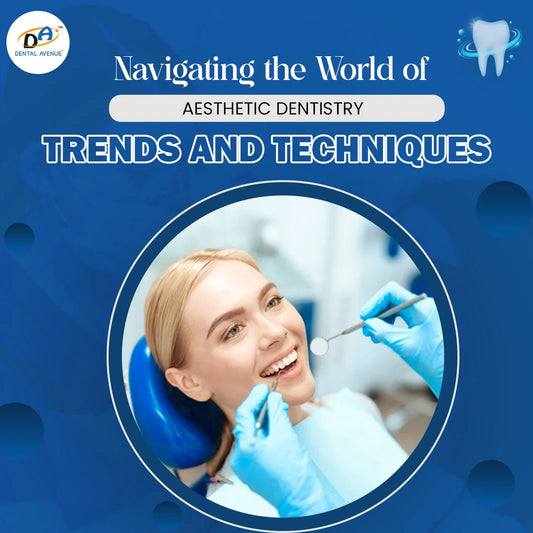Table of Contents
What is Addition Silicone?
Comparison: Addition Silicone v/s Other Silicones
Advantages of the Addition Silicone
Applications of Addition Silicones in Dentistry
Why Dentists Prefer Addition Silicone in Dentistry?
Conclusion
FAQs
Impression materials play a crucial role in successful treatment outcomes and in providing an accurate replica of a patient’s mouth that helps in various treatment procedures like crown and bridge prosthesis, implants, fixed and removable dentures, partial dentures and veneers. Dental silicone impression material is a stand-out choice among the various impression materials. This article delves into the unique properties of silicones, multiple types of silicone impression material, and their advantages and applications in dentistry. We will also discuss the upcoming trend of dentists preferring addition silicones over others.
What is Addition Silicone?
Addition silicone impression materials are also known as A-silicones impression material, PVS (Polyvinylsiloxanes), and VPS (Vinylpolysiloxanes). These are currently among the most popular elastomeric impressions in dental practice. These materials have revolutionised the field of prosthodontics because of their various features like dimensional stability, high tear strength and excellent detail reproduction. This impression material undergoes an addition reaction; the reaction involves the polymerisation of siloxane groups in the presence of a catalyst leading to a stable and flexible material.
Comparison: Addition Silicone v/s Other Silicones
There are mainly three other types of dental silicone impression materials present apart from addition silicone impression material i.e. condensation silicone, polyether and polysulfide.
- Condensation silicones: also known as C-silicone impression material, room temperature vulcanization, or polydimethylsiloxanes. These substances react when liquid or activator paste is added. These materials have good mechanical properties like very high elasticity which is useful in recording undercuts without deformity. Mainly used for fixed or removable prostheses. They are hydrophobic.
- Polyether: these materials are generally elastic materials with good accuracy records and are thixotropic which provides good surface details and makes them a good border molding material. These are hydrophilic and come in different viscosities ranging from light, soft and heavy.
- Polysulfide: polysulfides are also known as rubber base impression material, mainly recommended for partial or full denture impression due to their capabilities of recording fine details, stability, accuracy and good tear resistance.
Advantages of Addition Silicone:
Addition silicone impression materials offer several advantages over other materials making them the preferred choice of dentists in their practice. A few of them are listed below:
- A-silicones are odourless, clean and easy to mix
- They have a pleasant taste for a better patient experience
- These are dimensionally stable and maintain shape over time, ensuring materials don’t distort.
- These materials have improved hydrophilicity, making them effective in most conditions
- It comes in a variety of viscosities
- Stable to disinfection
- Neutral product
- Non-rigid, irreversible impression material
Applications of Addition Silicones in Dentistry:
Addition silicone impression materials are versatile and used in various applications, making the procedure convenient for the dental practitioner and the patients.
- Crowns and bridges: Their exceptional accuracy makes them ideal for capturing the finest details for crowns and bridges.
- Orthodontics: Due to their high accuracy and flexibility these materials are the primary choice for orthodontic procedures like study models, diagnostic casts and ortho appliances
- Implantology: An implant requires precise details for the final delivery, so a-silicones hold an important place.
- Other appliances: various other appliances like mouth guards, bleaching trays and removable prostheses can be made with the help of this product.
Why Dentists Prefer Addition Silicone in Dentistry?
Dental practitioners are most inclined to a-silicones impression material when it comes to perfect impressions.
- Reliable results: High accuracy and other properties like high tear resistance and good dimensional stability provide dentists with confidence in their final impressions for improved patient outcomes.
- Enhanced patient comfort: Due to its odourless property and ease of application provides a comfortable experience for patients.
- Flexibility and versatility: A wide range of viscosities like light body impression material, medium and heavy body silicone impression material allows dentists to choose specific materials for different cases, thus increasing its usability
- Reduced chair time: Precise impression and simple techniques with less wastage of material and no messy process, thus it helps streamline the process of dental practice.
Conclusion:
Addition silicones in dentistry over time gained popularity among the various impression materials because of their remarkable features like dimensional stability, high accuracy and versatility of choosing between different consistencies. Understanding unique properties allows dental practitioners to make appropriate decisions for enhanced outcomes of dental treatment and patient satisfaction. With the evolution of dental practice day by day, addition silicone remains the reliable and trusted material for dentists to provide precision and necessary results.
FAQs
Why is Addition Silicone more appropriate?
It is more accurate and appropriate because of its addition polymerization process, which minimises the by-product that causes dimensional changes, thus providing accurate details
How long does it take for addition silicones to set?
Typically, Addition silicone takes about 5-6 minutes to set, depending on the specific product and environmental conditions. Some materials set faster.
Can addition silicones be used for all types of dental impressions?
Yes, addition silicones in dentistry are versatile impression materials used in various applications like crown & bridge impressions, implants, dentures, orthodontic appliances, mouth guards, and bleaching trays.
Is addition silicone more expensive than other impression materials?
Compared with other impression materials like polyether and polysulfides, they have higher upfront costs but their great accuracy and the reduced need for retakes make them economical in the long term.

